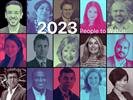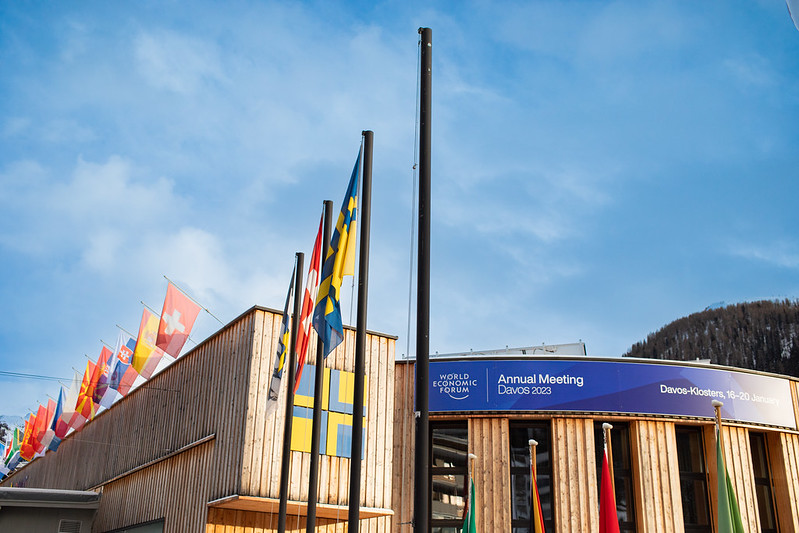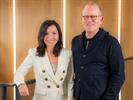Arun Sudhaman 16 Jun 2022 // 1:00PM GMT
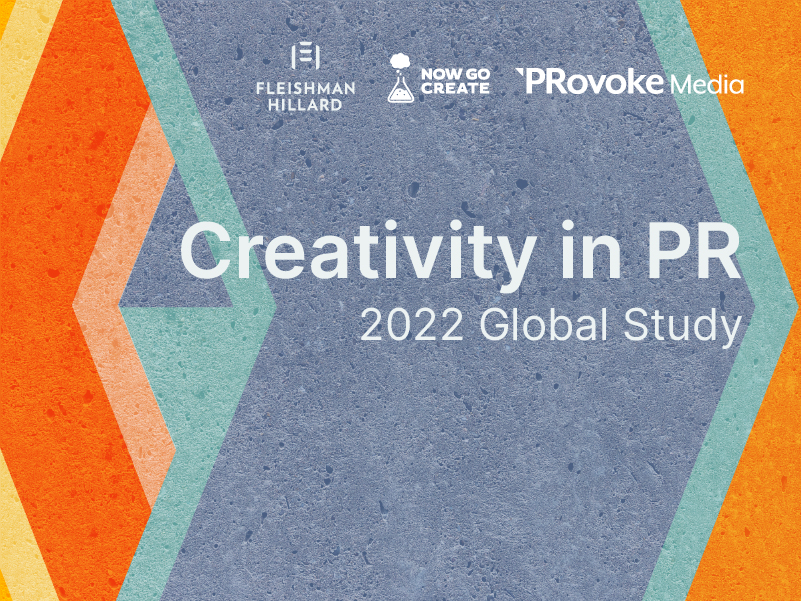
86% of PR firms report that they have been designated as lead creative agency by clients, according to the eighth edition of the Creativity in PR study, which explores the sector's creative evolution as it emerges from the unique challenges of the past two years.
The 2022 Report, co-authored by PRovoke Media and Now Go Create, in partnership with FleishmanHillard, is based on a survey of more than 200 agency and in-house executives from across the world, which took place earlier this year.
A continued feature of the study, since it launched a decade ago, has been its efforts to examine whether PR firms are actually leading creative on behalf of their clients. This year's study expands that focus to explore how and why PR firms are able to take on lead creative duties, and the nature of the obstacles that might prevent them from doing so.
"This year we wanted to find out whether the creative energy that emerged during lockdown was still alive, or if we’d fallen back on old insecurities about PR's seat at the table," says Now Go Create founder and co-author Claire Bridges. "Those old tropes are hard to shake off. The good news is that our survey results contain... lots of good news. Some respondents clearly see that creativity within their agencies is better now than before the pandemic. Client appetites for big ideas appear to have grown too."
These results help set the stage for next week's Cannes Lions Festival, at which PR firms will again seek further evidence of their ability to compete with other disciplines in creative terms. As Bridges notes, the good news is that the 2022 Creativity in PR study reveals that client expectations of PR agency creativity continue to rise.

More than two-thirds of agencies (68%) report they are more likely to be approached for big, creative ideas than they were 12 months ago, compared to 56% in 2021. There is also a discernible shift in client expectations of creativity since the onset of the pandemic, with a weighted score of 7.57 reflecting the higher premium being placed on creative ability, compared to 6.59 one year ago.

Also encouraging is the proportion of agency respondents who confirm that their firm has been designated as lead creative agency, which sees a remarkable jump to 86%, compared to 59% last year. Clients are less bullish in this regard, but even here there is an increase, with 21% answering in the affirmative compared to just 18% in 2021.

To better understand the factors in play, we asked how PR firms can secure lead creative duties. Almost two-thirds of agency respondents believe that their better understanding of multiple stakeholders is pivotal, ahead of other key factors such as understanding corporate reputation (59%), better cultural insights (53%), and being more cost effective (47%). Media relations, speed and employee engagement all garner less support.
Clients are broadly in agreement, also selecting stakeholder understanding, corporate reputation and cultural insights as the top three factors. "For several years, the ground has been shifting under the traditional understanding of agency roles," explains FleishmanHillard creative director Brian Melarkey. "Happily, our experiences of late have been that some clients don’t care for adhering to the old agency roles. They simply want the best people in the room that will deliver the best ideas. No matter from which agency they hail.
“Once in that room, the value, experience and creativity of PR agencies becomes apparent. There is no doubt that clients are starting to realize that our ability to tell stories to multiple stakeholders in a way that connects can affect real change to their business while building or enhancing their reputation."
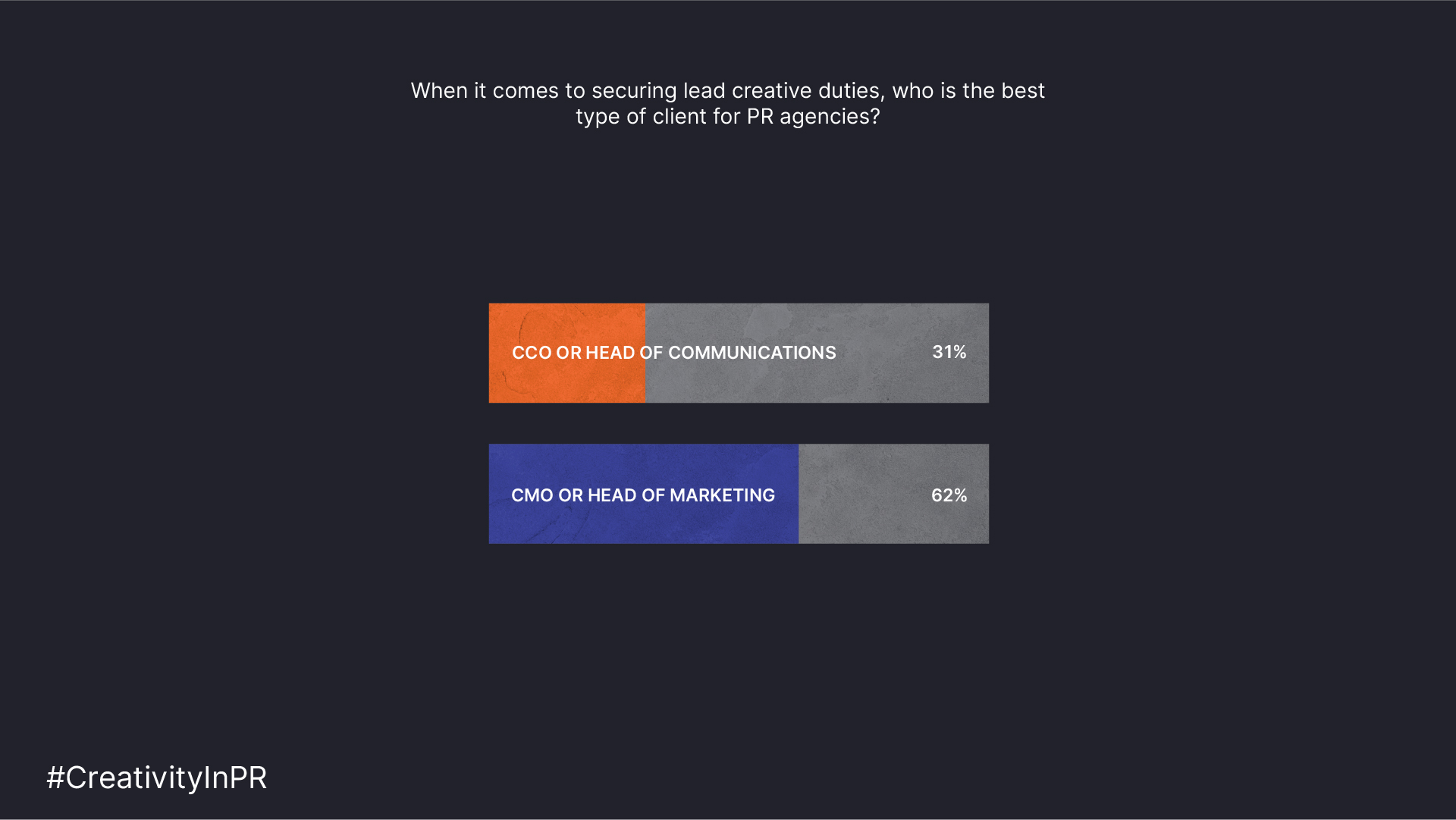
This consensus offers important strategic guidance in terms of how public relations can secure lead creative duties. Furthermore, CMOs or marketing heads (62%) are widely seen as the best type of client for this particular equation, with almost half of respondents (45%) believing they should be engaged directly, rather than via the communications function (30%).

“Remember those old days when comms leaders were told to ‘go PR the creative idea?’," asks FleishmanHillard creative strategist and planner Lesley Backus. "That’s over. We’ve all seen the studies on how skeptical audiences are to traditional advertising. At a time where people are actively rejecting paid, earned ideas can – and should – be the main character in a brand’s marketing mix. They set the ambition for the impact earned can have on the business and are defining a new reality where PR isn’t just an idea – but the idea."

When it comes to the barriers that PR firms face in their quest to become lead creative agency, some newer factors emerge this year. Client budgets remain the top source of concern (54%), followed by the PR industry’s creative reputation (48%), and the fact that PR firms are more likely to engage the communications function rather than marketing (41%).
Clients, by comparison, overwhelmingly point to PR agency creative quality (64%) and lack of strategic capabilities (50%), as the key barriers.
"I think that more planning, research, and strategy roles need to become the norm over the next few years for PR agencies to move the needle on this question about being lead agency," says Bridges. "Insights are not just sitting there just waiting to be found – an actionable and useful insight takes time as the result of finding, collating and reviewing information. The PR industry needs people with the skill sets to separate signal from noise. If creativity is fuelled by imagination, then data analysis can provide the robust foundation that effective ideas need."

PRovoke Media’s Global Agency Rankings and ongoing industry research suggest that the PR industry had a ‘good’ pandemic compared to other marcomms disciplines. And the Creativity in PR results bear this out too. 48% of respondents rate their agency’s creative opportunities as better than other types of agencies over the past 12 months. Around the same proportion see the same level of opportunities as other disciplines, and hardly anyone thinks they are in a worse position.
More findings from this year's study, supported by a special Roundtable in Cannes next week, will follow in the coming days — covering such areas as the drivers of great creative work, and the war for talent.



































.jpg)











